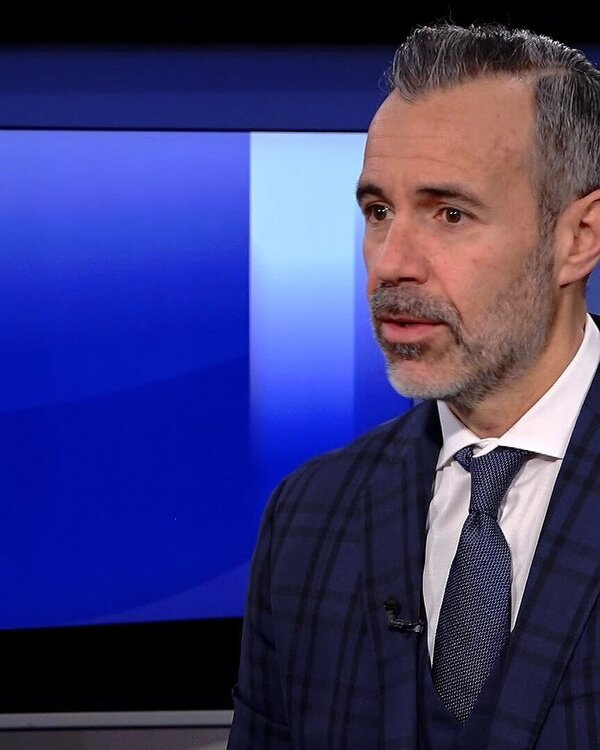Investment strategies for private investors
An investment strategy is essential for successfully investing in the financial markets. We would like to show you which investment strategies are suitable for private investors and how you can find the right ones for you.

Investment strategies for private investors
An investment strategy is a plan that investors use to make an investment decision. It serves as a guideline for investments and is individually tailored to the investor's ability to bear risk and specific interests. A strategy can help an investor to avoid being distracted quickly by emotions and fluctuations.

These four questions should be answered before choosing an investment strategy
- What is your investment objective?
- What is your investment horizon?
- What is your personal life situation?
- What risk can you take and how do you feel about risk?
With a clear investment strategy, you can specifically decide which types of asset classes you want to include in your portfolio and over what investment horizon you want to invest. Your risk capacity tells you whether you should choose a conservative investment strategy – or whether a dynamic investment strategy suits you better.

The five investment strategies in a nutshell
Conservative
This investment strategy focuses on preserving capital. Consequently, investments are made with low risk, mainly in bonds and high-quality equities. The investment strategy is suitable for safety-conscious investors who prefer stability.
Income
This investment strategy is slightly more risky. The aim is to generate regular income through dividends and interest, investments in dividend-paying stocks and bonds. The strategy is ideal for investors seeking regular income.
Balanced
A balanced investment strategy uses a mix of equities and bonds to achieve moderate growth at moderate risk. There is a balance between security and return. Ideally, this approach is used for medium-term objectives.
Growth
Those with potentially higher returns in mind prioritise high-growth equities in their investment strategy. However, this also increases the risk. A growth strategy is suitable for long-term investors seeking capital growth.
Capital gain
This investment strategy takes maximum risk to achieve the highest returns. This also includes investments in volatile markets and speculative equities. The investment horizon should be long term given the increased volatility. The investment strategy is suitable for investors who are willing to take risks and seek high profits.
Your investment strategy determines the composition of the portfolio
Your investment strategy determines the composition of the portfolio
Active vs. passive investing
Passive investment products such as index funds or exchange-traded funds (ETFs) do not attempt to beat the market. Instead, they replicate the performance of an index as closely as possible. With ETFs, investors can invest in different asset classes and regions and benefit from rising markets. As no complex analysis is required, the fees for passive vehicles are generally lower. In contrast, investment funds managed by an investment expert (active investment funds) seek to outperform the market. The fund manager generally selects companies that it considers promising and adjusts the portfolio composition accordingly. The aim is to achieve a higher return than the benchmark through smart selection and adjustment. This active management usually requires more effort and expertise, which can result in higher fees.

Active vs. passive investment strategy: which is better?
The answer is not clear, as it depends on several factors. Active management can be useful in inefficient markets where not all information is immediately reflected in the share price. Such markets are often emerging countries or smaller companies that are less observed by analysts. Otherwise, it depends on the desired returns, costs and the degree to which an investor can trust a fund manager.
Three key distinctions in investment strategies
- Conservative vs. dynamic: This is all about risk capacity: the less risk you want to take, the more cautious you should be when investing. This means, for example, that investments with less volatile value are preferred.
- Active vs. passive investing: A passive investment strategy follows an index as closely as possible, often via index funds or ETFs. The objective of an active strategy is to outperform the benchmark.
- Stock picking vs. investment funds: Investment funds enable diversified investment in a simple way, as funds generally invest their assets broadly. This is in contrast to selecting individual securities (stock picking).




